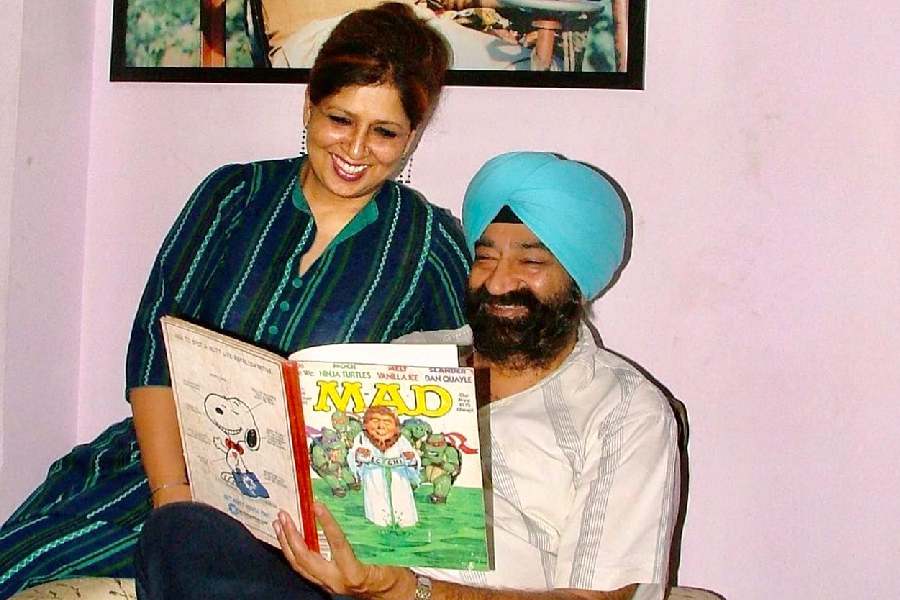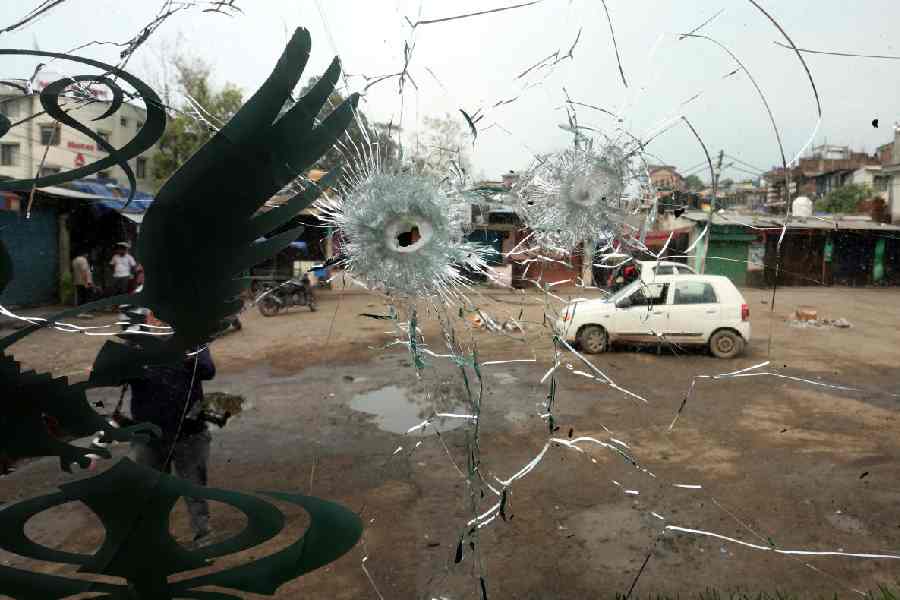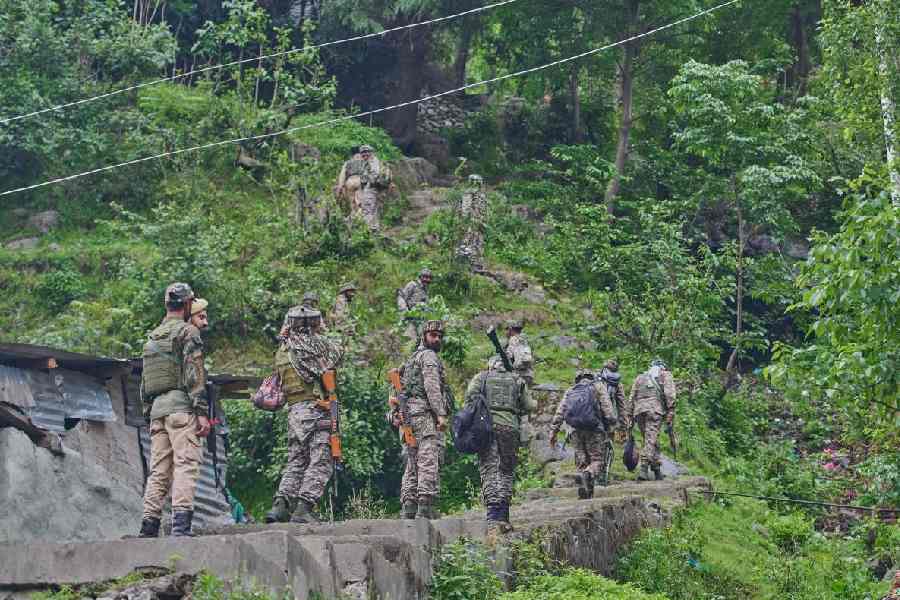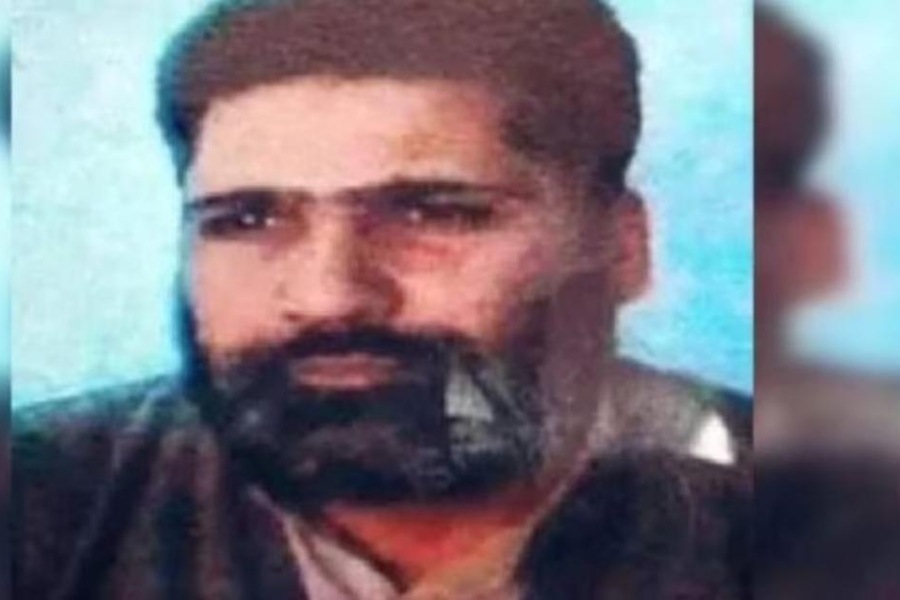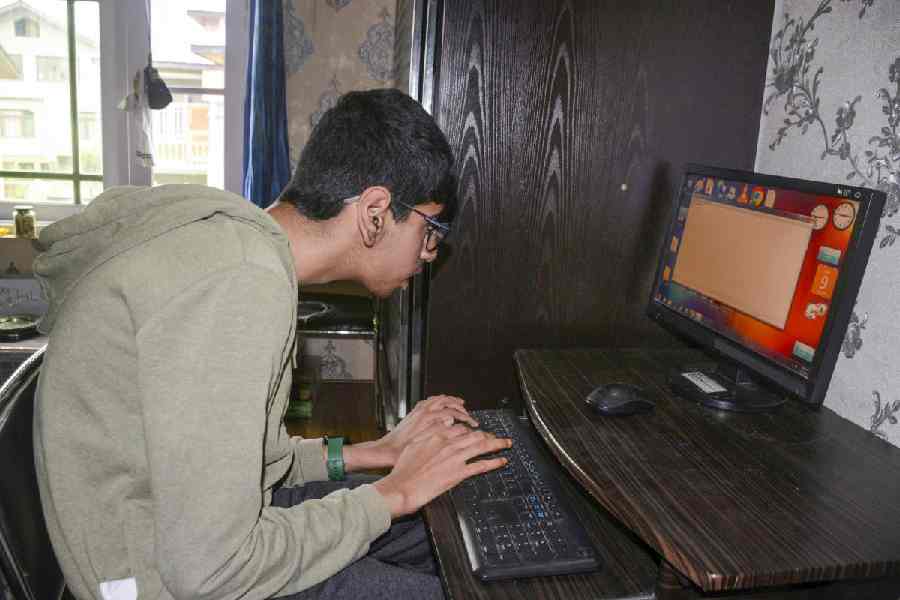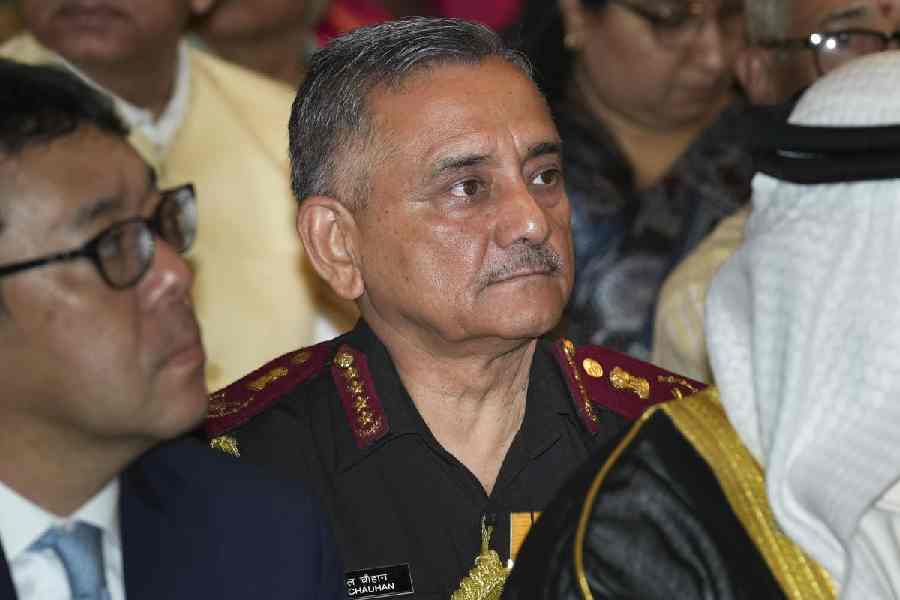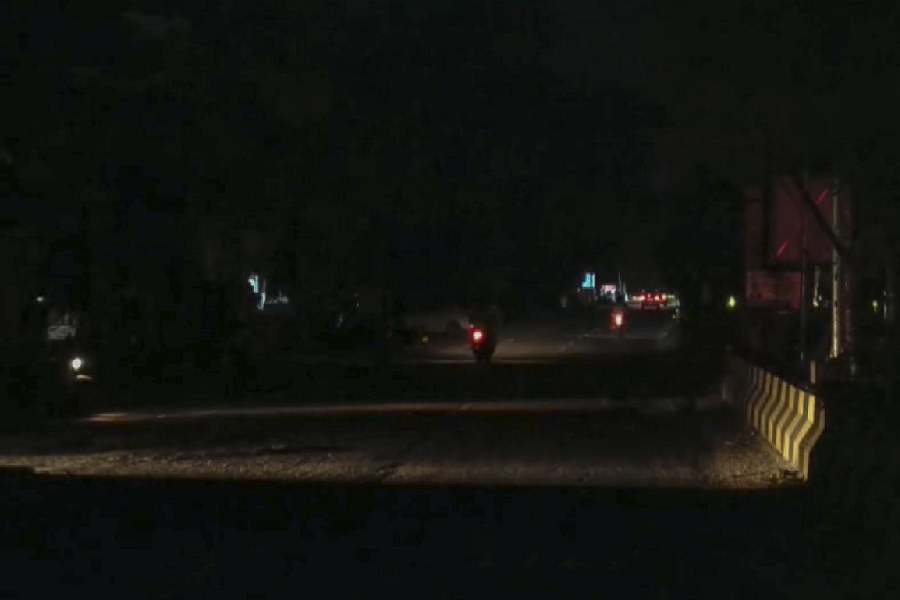Political analysts await eagerly the outcome of the special conference of the Communist Party of India (Marxist) in Thiruvananthapuram by the end of this month. How the party is going to tune its new party programme to ground realities remains to be seen. But the wishy-washy way the draft of the updated party programme was adopted by the central committee in the last week of April does not generate much expectation. Besides, contrary to the party constitution and past practice, the draft party programme was neither circulated among party members nor published in the party mouthpiece .
The bar on joining the Central government has been lifted but the draft document does not contain this mandate. The programme commission received 530 suggestions, of which 407 were accepted by the central committee. The matter now rests before the plenum which is supposed to finalize the new strategy of the party.
In all likelihood, the much hyped special plenary meet of the CPI(M) will end as a damp squib. Much like the meets of the Communist Party of India, which shelved the updating of party programme - adopted in 1964 and amended in 1968 - and instead adopted a 24 page programme document at its 15th congress in Hyderabad. A few political theorists who had been card-holding communists until the end of the Sixties and are still interested in the CPI's fate felt that the document was 'an extended version of a political resolution in any party congress'.
A small section among the middle-cadre of the CPI(M) is apprehensive about a critique of the present state of communist movement. Some of them think that the central leadership should initiate and encourage an open debate as to whether the celebration of Euro-communism is correct since party journals often hail the electoral successes of 'reformed communists' of Europe and Japan.
'If the party does not make a self-criticism, it is unethical to be upbeat about the electoral success of the present communist party in Russia,' says a CPI(M) activist. He feels if the party brings the controversies into the open, many democrats and progressives, who are not sympathizers of the left, will gravitate towards the party. Besides, criticism from outside will also strengthen internal democracy. It may be interesting to note that Saifuddin Chowdhury, who was struck off the membership list of the CPI(M), has criticized the 'Stalinist mindset' of the organization, saying that there was much to learn from the questions raised by Imre Nagy in Hungary in 1956 and Alexander Dubcek in Czechoslovakia in 1968.
Chowdhury apart, many feel that in the name of democratic struggle, 'barrack communism', which V.I. Lenin criticized severely, is in vogue in the CPI(M). When Dhiren Majumdar, leader of the Calcutta tramways workers' union, refused to leave the all India trade union congress in order to join the new-born CPI(M)-backed centre of Indian trade unions, he was expelled without a showcause. Promode Dasgupta had defended this action, stating that it was not necessary. This method had nothing in common with Leninist principles of democratic centralism, nor was it consistent with the CPI(M) constitution. The Stalinist-Beriaite leadership of CPI(M) seems afraid to allow independence to mass fronts and makes them subordinate to party organization.
As it increasingly adjusts itself to parliamentary democracy, the CPI(M) is finding its problems of internal democracy are no longer confined to its cardholding members. Saifuddin Chowdhury and his political supporters like the West Bengal transport minister, Subhas Chakraborty, tried in vain to bring this question of internal democracy into the open. Chowdhury's name has been struck off the membership roll apparently because of his defiance of party discipline, mainly his habit of divulging his difference with the party to the media. But that has not dismantled Chowdhury's basis of revolt. The CPI(M) constitution cannot decide whether this is tantamount to challenging the Leninist tenets of democratic centralism.
Today, Western apologists of anti-communism thank Josef Stalin for two reasons. First, he took the leading role in winning World War II for the imperialists against fascists. Second, his dictatorial methods would discourage many democrats from gravitating to communism. But CPI(M) leaders were often seen parroting Stalin, disregarding the central committee resolution of the CPI(M) in 1978 at the Salkia plenum that Stalin's deviations were a lesson.
But Stalinism no longer holds water. The August 2000 issue of Nandan, the literary and cultural monthly of the CPI(M), carried a review of a book on Nikolai Bukharin which condemned the assassination of Bukharin and others during the Stalin period. The reviewer cited the cruelty of Stalin when he rejected the request of Bukharin to be killed by sedation five days before he was shot dead on December 15, 1937. No action has been taken against Biplab Dasgupta, the editor of the monthly. Have the CPI(M) leaders decided to allow glasnost in the literary arena only and not elsewhere?
Another inescapable eventuality is that today or tomorrow, if the CPI does not wither away and the CPI(M) exists, the two parties must come together. It would be an historical compulsion as obscurantist ideologies, particularly Hindutva, are spreading their tentacles. For this reason, both the CPI(M) and the CPI have to review the genesis and development of the split in the Indian communist movement.
The majority of party members who joined the CPI(M) after the mid-Seventies do not know that those who broke away from the CPI in 1964 mooted the concept of a people's democratic revolution in the undivided CPI but did so in a vague way. Interestingly, both the groups, one proposing a national front ( support to Nehruvian policies like the second five year plan and nonaligned foreign policy) and the other dishing out the democratic front (emphasis on leftist consolidation and a critical stand towards Nehruvian politics having no truck with the Congress or any section thereof) endorsed a national democracy at the Vijaywada congress, 1961, the last congress of the undivided CPI.
The current draft document, a half-hearted exercise, does not really correspond to the complex polity that we have today. The left is marginalized and is an insignificant force in the industrial belts of Maharashtra, Gujarat, Tamil Nadu and Karnataka. The slogan of people's democratic revolution under the leadership of the working class sounds vacuous in the present reality. Which is why the majority of members who joined the party in the middle cadre be- fore 1977 are unhappy with the draft document.
'The programme of the CPI(M) adopted in November, 1964 continues to remain basically valid for the stage of the revolution, the strategy, class character of the Indian state and government and the class alliance to achieve the people's democratic revolution. However, there are sections in relation to the assessment of the international situation and national developments which need to be updated,' stated the resolution on the decision to update the programme at the CPI(M)'s 14th congress in Chennai in 1992.
If it were so insignificant a task, why did it take more than eight years? Harkishen Singh Surjeet and his colleagues should be able to face the truth: the growing hiatus between the CPI(M)'s grey perception of reality and the features of the day-to-day business of a polity-in-a-flux.
 Saturday, 10 May 2025
Saturday, 10 May 2025

